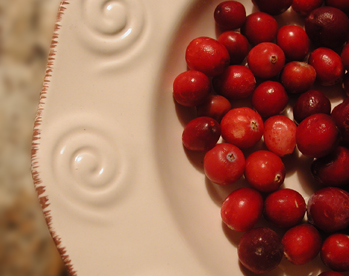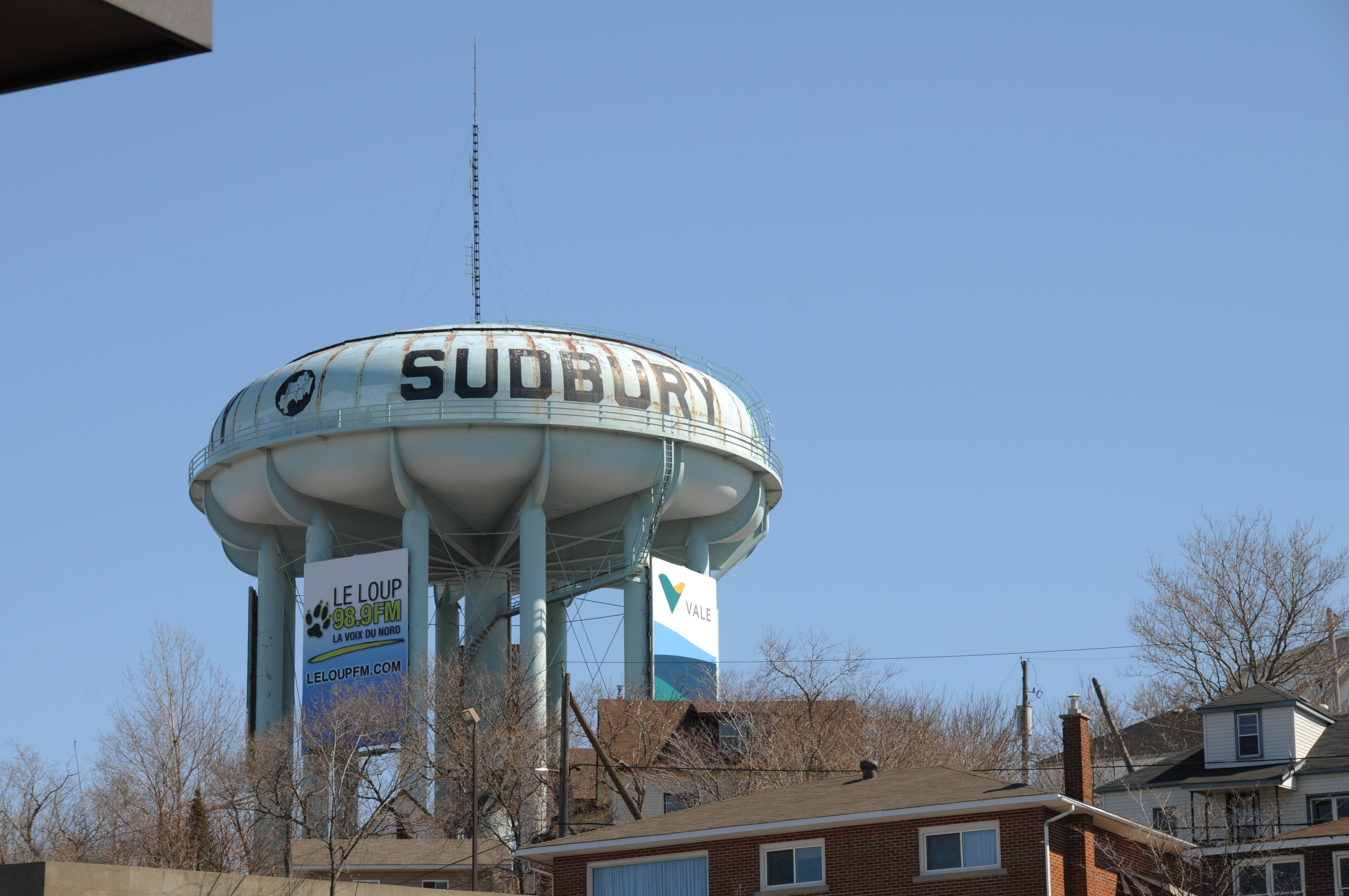The Bala Cranberry Fesitval takes place Oct. 18, 19 & 20
T 705.762.1564 | F 705.762.2172
Cranberry Festival Hours of Operation
Friday, Oct. 18, 9am - 5pm
Saturday Oct. 19, 9am - 5pm
Sunday Oct.20, 9am - 4pm
Until fairly recently, cranberries, one of the few fruits native to North America, made only brief appearances on Canadians’ dinner tables next to the holiday bird at Thanksgiving and Christmas.
Sweetened with sugar and boiled into a sauce, the tart red berries go nicely with turkey. But since researchers found cranberries, like their cousins, blueberries, have health benefits, they have become the new “it” fruit, says Matthew French of Johnston Cranberry Marsh/Muskoka Lakes Winery in Bala.
Cranberries contain significant amounts of antioxidants and other phytonutrients that may protect against heart disease and cancer. They contain Vitamins A and C, and many people drink cranberry juice to treat or prevent urinary tract infections, peptic ulcers and gum disease.
Aboriginal people chewed wild cranberries raw or added them to pemmican. They also used them for medicine and dye. Early settlers thought their small pink flowers looked like the head of a crane and began to call them cranberries. The fruit was first grown commercially on the East Coast. Later, large plantings were started in British Columbia.
There are only three commercial farms in Ontario: Upper Canada Cranberries near Ottawa; the Wahta Mohawks operation (Iroquois Cranberry Growers) near MacTier; and the Johnston farm.
Orville Johnston, who started his operation in 1952, shared his experience to help establish the Wahta operation in the 1960s.
Johnston’s Cranberry Marsh is now owned by Orville’s son, Murray, and his wife, Wendy. The farm has 27 acres of cranberry marsh. About one third of the crop is sold fresh or
frozen at the farm. Another third goes into making wine. The rest is sold to food processors.
People who want to buy locally grown foods can do no better than Bala cranberries, says French.
Thanks to the Johnston family and the Wahta Mohawks, Bala is the Cranberry Capital of Ontario. Every year this charming Muskoka village hosts the Cranberry Festival on the weekend after Thanksgiving.
A two-and-half-hour drive from Sudbury, a trip to the cranberry farms makes an ideal day trip. Harvest takes place from late September to late October.
During harvest season there are wagon tours, walking and biking tours, a farmers’ market, and entertainment. A holiday open house is held the first Saturday in December.
The cranberry farm is open year-round and there are lots of activities for children. Visitors can take a self-guided tour on the Old Marsh Trail, taste wines in the gift shop, and purchase cranberries and an assortment of products such as 100 percent juice, baked goods, candles and preserves. Orville Johnston’s widow, June (Mrs. J), makes the cranberry preserves such as chutney, jam, and of course, sauce.
In 2001, the Johnston family started to make wine from 100 percent cranberry juice. The first release of 600 cases of cranberry wine sold out in 16 days. One hundred and twenty cases of blueberry wine sold out in four days.
Muskoka Lakes Winery now bottles cranberry (tart with an acidity which goes well with fatty meats such as pork ($12.95); white cranberry (semi-sweet): cranberry blueberry (dry); wild blueberry (dry); and wild blueberry aged in oak (dry). As well the winery makes a cranberry dessert wine called Red Maple. The dessert wine, which has a 15-percent alcohol content, is made with cranberries and maple syrup.
These are not your grandfather’s fruit wines. Muskoka Lakes’ wines are considered some of the best in Canada. Muskoka Lakes cranberry (#609701), and cranberry blueberry (#609719) wines are available at the LCBO, while the other wines are available at the gift shop.
The wine labels feature paintings by local artist David Dawson and depict scenes around the marsh.
A glass of cranberry wine is a tasty way to get a daily dose of Vitamin C, says French, who has put his science background to good use as a winemaker.
The fruit wines do not have histamines like red (grape) wines do, and will not cause headaches, he says.
Since the cranberries are frozen before they are ground and pressed into juice, wine can be made throughout the year at the farm.
The amount of rain last summer should herald a good crop since water supply is important in the cultivation of cranberries, he says. He expects to make about 50,000 litres of wine and bottle as much as 10,000 cases of the 2008 vintage.











